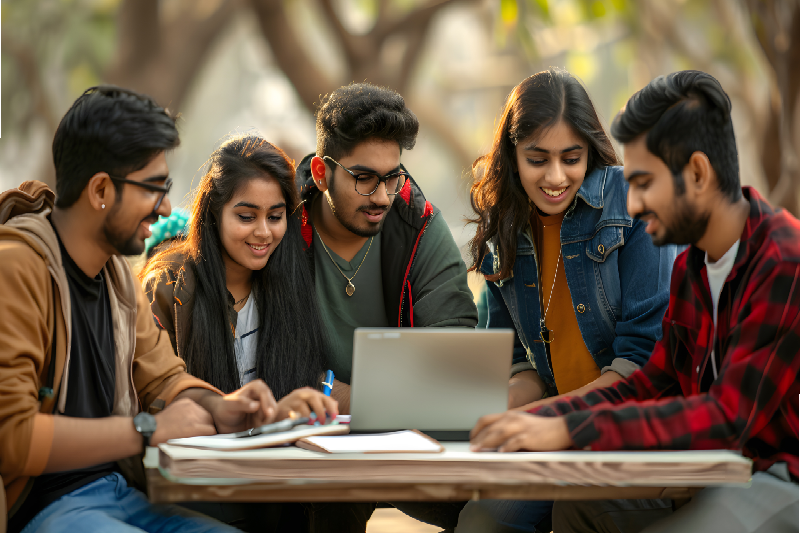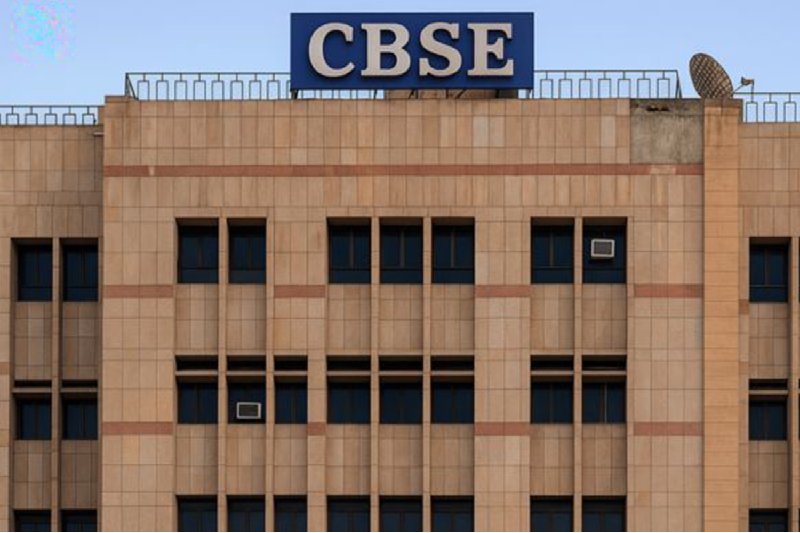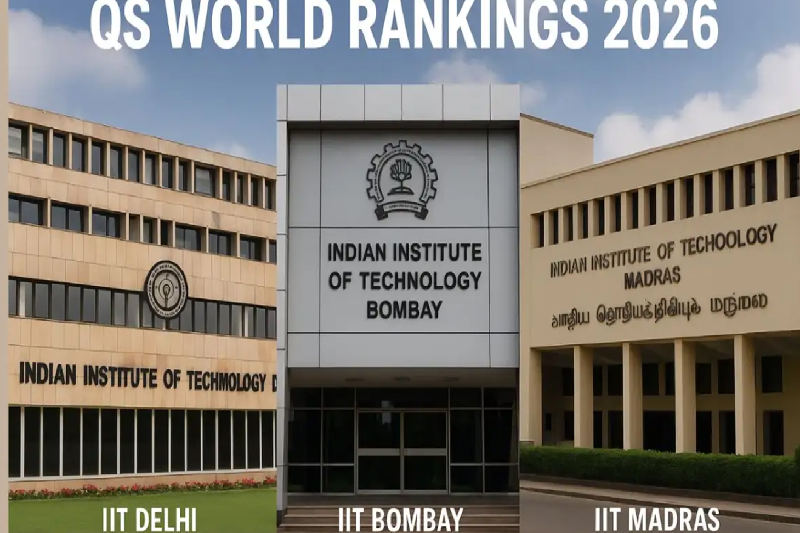
Govt Challenges Students to Solve Real-World Consumer Issues in Smart India Hackathon 2025
In a bold move to merge youth innovation with public problem-solving, the Department of Consumer Affairs, in collaboration with the Ministry of Education, has launched a national call to students through the Smart India Hackathon 2025. The goal: challenge India’s budding tech minds to solve six real-world consumer-related problems that affect millions in their daily lives.
Of these, five problems are still open for submissions until October 15, while the onion storage challenge concluded on October 7.
This unique initiative, supported by the All India Council for Technical Education (AICTE), offers more than just a competition. It’s a rare opportunity for young innovators to contribute to policy-relevant, impact-driven solutions while working directly with industry leaders, government agencies, and domain experts.
Let’s take a look at the six consumer-centric challenges students are being asked to solve:
1. Reducing Post-Harvest Losses in Onions
The first problem targets a massive supply chain challenge—reducing the spoilage of onions. Post-harvest losses in India can be as high as 50% due to rotting and sprouting, severely impacting both farmers' incomes and retail prices. Students were asked to develop low-cost, efficient, and scalable solutions for storing onions longer—a task that wrapped up on October 7.
2. Non-Destructive Testing of Gold Jewellery for Hallmarking
Gold continues to be one of the most purchased commodities in India, and since hallmarking was made mandatory in 373 districts in 2021, ensuring the authenticity of gold purity has become critical. This challenge seeks innovative, non-destructive testing solutions to verify gold content without damaging the jewellery—a key concern for consumers and jewellers alike.
3. AI-Based Tools to Monitor Legal Metrology Compliance on E-Commerce Platforms
With the explosion of online shopping, e-commerce regulation has become more important than ever. This challenge focuses on developing AI-driven systems to monitor whether online platforms follow the legal metrology rules, such as providing accurate product labels, weights, and measurements. As online retail scales up, such compliance tools are essential to protect consumer rights.
4. Automated Systems for Testing Electrical Safety Equipment
Safety is non-negotiable, especially when it comes to electrical components. This challenge tasks students with building automated systems that can efficiently test electrical safety equipment. From household appliances to industrial machinery, reliable testing ensures both compliance with safety standards and prevention of accidents.
5. Real-Time Detection of Tampering in Weighing and Measuring Devices
Consumers often fall prey to tampered weighing machines in markets, petrol pumps, and even grocery stores. This problem invites students to create real-time technology solutions capable of detecting such tampering. The goal is to ensure accuracy and transparency in trade, helping to restore public trust and reduce economic fraud.
6. (Closed) The Onion Storage Challenge
As noted earlier, this challenge—focused on finding innovative ways to preserve onions post-harvest—has already closed, with the submission deadline ending on October 7. However, it sets the tone for the types of practical, high-impact problems students are being encouraged to solve.
A Platform for Innovation, Learning, and National Impact
The Smart India Hackathon (SIH) 2025 is not just a showcase of coding skills or engineering prowess—it is a collaborative innovation platform. Students are working alongside industry professionals, research bodies, and government representatives, gaining first-hand experience in applying their skills to solve societal challenges.
The Department of Consumer Affairs emphasized that this initiative allows students to demonstrate real-world problem-solving and explore cutting-edge technologies like artificial intelligence, IoT, sensor networks, and non-invasive diagnostics.
Viksit Bharat Buildathon 2025: Innovation at the School Level
While college students engage with consumer-related challenges, the Ministry of Education, in partnership with the Atal Innovation Mission (AIM) and NITI Aayog, has also launched the Viksit Bharat Buildathon 2025. This school-level innovation challenge is designed to promote creativity and design thinking among younger students, cultivating the next generation of innovators early on.
The Buildathon provides a platform for school children to experiment, ideate, and prototype solutions for grassroots-level problems. The initiative seeks to instill a problem-solving mindset, equipping students with the tools to think critically and work collaboratively—skills that are crucial in today’s rapidly changing world.
Why It Matters
India’s youth represent an untapped reservoir of talent and creativity. Initiatives like the Smart India Hackathon and Viksit Bharat Buildathon highlight the government’s intent to empower students as change-makers, not just future employees. By tackling real consumer pain points, students gain practical exposure while directly contributing to the nation’s progress.
Moreover, the themes chosen—ranging from agriculture and safety to digital commerce and compliance—reflect the broad spectrum of challenges India faces today. Encouraging student participation in solving them signals a welcome shift toward inclusive, bottom-up innovation.
Conclusion
With the submission window closing on October 15, except for the already-concluded onion storage challenge, students across the country are racing to submit their ideas for Smart India Hackathon 2025. These challenges don’t just offer a chance to win recognition—they offer a platform to contribute meaningfully to society.
Combined with the Viksit Bharat Buildathon for schools, these initiatives reflect a long-term vision for a self-reliant, innovative India, driven by its most valuable resource: its youth.
As these young minds rise to the challenge, they reaffirm Dr. APJ Abdul Kalam’s words:
"The ignited mind of the youth is the most powerful resource on the earth, above the earth and under the earth."



